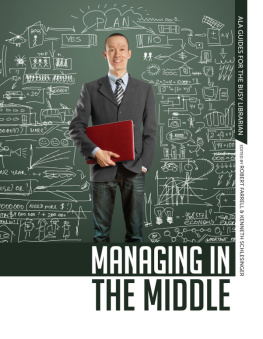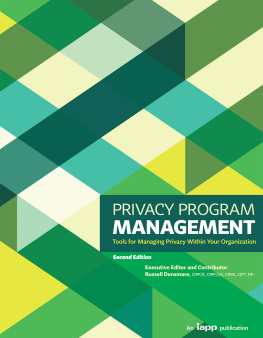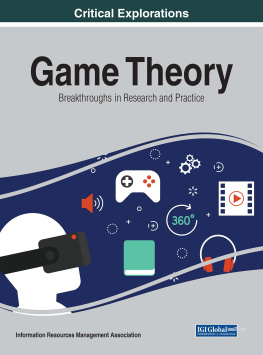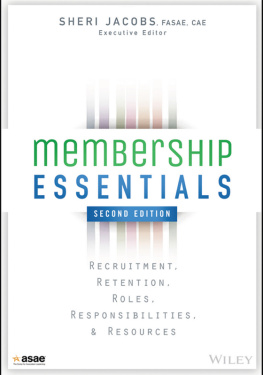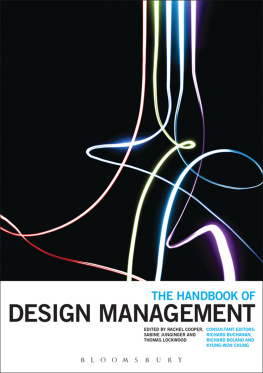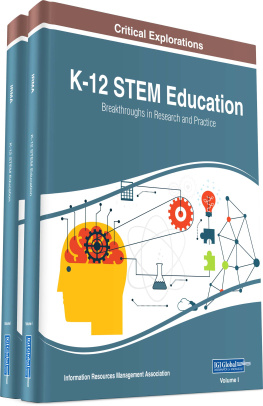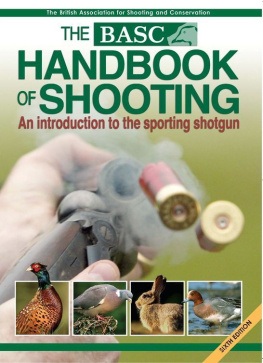
About the ASAE-Wiley Series
All titles in the ASAE-Wiley Series are developed through a publishing alliance between ASAE: The Center for Association Leadership and John Wiley & Sons to better serve the content needs of member-serving organizations and the people who lead and manage them.
Cover design by Wiley
Copyright 2015 by ASAE. All rights reserved.
Published by Jossey-Bass
A Wiley Brand
One Montgomery Street, Suite 1000, San Francisco, CA 94104-4594 www.josseybass.com
No part of this publication may be reproduced, stored in a retrieval system, or transmitted in any form or by any means, electronic, mechanical, photocopying, recording, scanning, or otherwise, except as permitted under Section 107 or 108 of the 1976 United States Copyright Act, without either the prior written permission of the publisher, or authorization through payment of the appropriate per-copy fee to the Copyright Clearance Center, Inc., 222 Rosewood Drive, Danvers, MA 01923, 978-750-8400, fax 978-646-8600, or on the Web at www.copyright.com. Requests to the publisher for permission should be addressed to the Permissions Department, John Wiley & Sons, Inc., 111 River Street, Hoboken, NJ 07030, 201-748-6011, fax 201-748-6008, or online at www.wiley.com/go/permissions.
Limit of Liability/Disclaimer of Warranty: While the publisher and authors have used their best efforts in preparing this book, they make no representations or warranties with respect to the accuracy or completeness of the contents of this book and specifically disclaim any implied warranties of merchantability or fitness for a particular purpose. No warranty may be created or extended by sales representatives or written sales materials. The advice and strategies contained herein may not be suitable for your situation. You should consult with a professional where appropriate. Neither the publisher nor authors shall be liable for any loss of profit or any other commercial damages, including but not limited to special, incidental, consequential, or other damages. Readers should be aware that Internet Web sites offered as citations and/or sources for further information may have changed or disappeared between the time this was written and when it is read.
Jossey-Bass books and products are available through most bookstores. To contact Jossey-Bass directly call our Customer Care Department within the U.S. at 800-956-7739, outside the U.S. at 317-572-3986, or fax 317-572-4002.
Wiley publishes in a variety of print and electronic formats and by print-on-demand. Some material included with standard print versions of this book may not be included in e-books or in print-on-demand. If this book refers to media such as a CD or DVD that is not included in the version you purchased, you may download this material at http://booksupport.wiley.com. For more information about Wiley products, visit www.wiley.com.
Library of Congress Cataloging-in-Publication Data
Professional practices in association management
ASAE handbook of professional practices in association management / John B. Cox, FASAE, CAE, Founding Executive Editor and Contributing Author; Susan S. Radwan, SMP, ARM, CAE, Executive Managing Editor and Contributing Author. Third edition.
pages cm. (ASAE-Wiley series)
Revised edition of Professional practices in association management: the essential resource for effective management of nonprofit organizations, 2nd ed., published in 2007.
Includes bibliographical references and index.
ISBN 978-1-118-77539-4 (cloth/website) 1. Associations, institutions, etc. Management. I. Cox,
John B. II. Radwan, Susan S., date III. American Society of Association Executives. IV. Title.
HD62.6.P758 2015
060.68 dc23
2014030720
Third Edition
This book is dedicated to the memory of John B. Jack Cox, FASAE, CAE, whose vision became Professional Practices in Association Management and whose passionate leadership guided three editions of this work.
Preface
We come now to the third edition of a book that has become the go to reference work in the field of member-organization management. Quite a leap for something with far more modest aspirations, first created almost twenty years ago.
As noted in the two earlier editions, Professional Practices in Association Management was first conceived of as the one-stop guide for those studying for the certified association executive (CAE) designation. In a burst of serendipity, the American Society of Association Executives (ASAE) board of directors at the time wished to identify the body of subject knowledge essential to managing the complex entities that nonprofit membership organizations are. It assembled the best and the brightest in this field and set for them the task of creating such a body. That group labored for more than a year, gathering information, opinion, data, and the critical taxonomy needed. As word spread of this endeavor, the effort quickly became known as the Body of Knowledge Project. When completed, it was a sparkling thing of beauty, instantly identifying everything known, and needed to be known, in the field of association management. I was serving on the CAE Commission at that time, and it became obvious to all involved that those creating the Body of Knowledge had just designed a guide for the CAE examination. Thus the fruits of all that labor quickly became adopted as the core framework for future CAE examinations and Professional Practices in Association Management. As society at large and nonprofit management in general evolvedsometimes almost to the point of revolutionso did the body of knowledge essential to managing in this field. The second edition of Professional Practices reflected those changes when it was published some eight years ago. And in what seems like a twinkling, those changes were surpassed and replaced with still more urgent imperatives, making a third edition absolutely necessary.
There are significant developments in this third edition, which is now titled ASAE Handbook of Professional Practices in Association Management. It integrates a focus on helping both CAE candidates and all association staff see how to think like a chief staff executive. Association management is populated with superb subject and functional executives, many of whom would never dream of, nor want, a CSE position. But wise ones know they have to think like their CSE in order to succeed in their own area of specialization. Thus the reader will note references in almost every chapter to the CSE perspective approach to management of a program, a project, or the entire organization. By thinking like a CSE, staff specialists will, in brief, be better in their own functional areas and will contribute more to the entire organization. In addition, planning has now been identified as a continuum, with many points across an extensive horizon. Each is sequential on that continuum, and taken together, they are invaluable for realizing optimal association management. And there is a far greater emphasis on the business of association management, from building different business models to identifying and acting smartly in the risk-management arena. There are other critical areas of both evolutionary and revolutionary change. Obviously, technology now permeates every aspect of association management, from something at once as simple and complex as social media to how association markets are now identified, how communications work with different audiences, how legislation and regulation are addressed, how financial issues are approached, and on ad infinitum. It is hoped that all are more than adequately addressed in this third edition.
Next page

